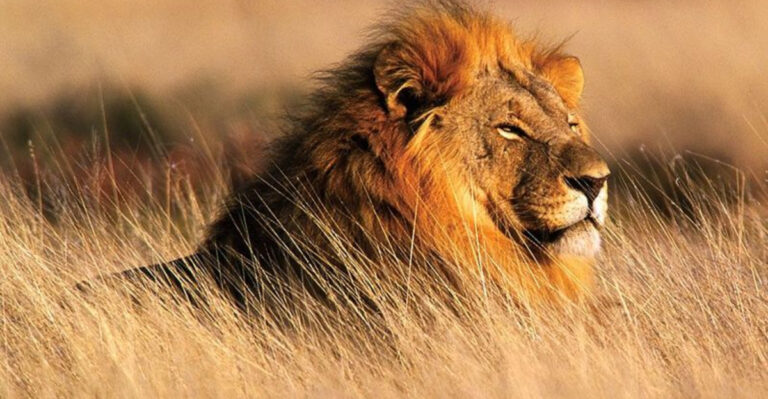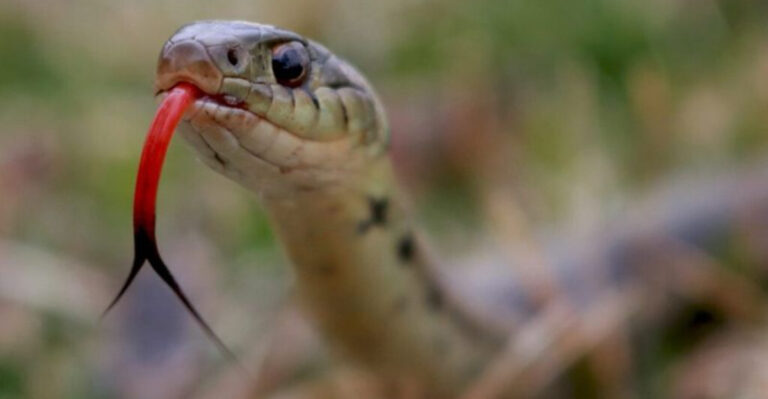Alarming New Bird Study Has Scientists Concerned – ‘They Can’t Move Fast Enough’
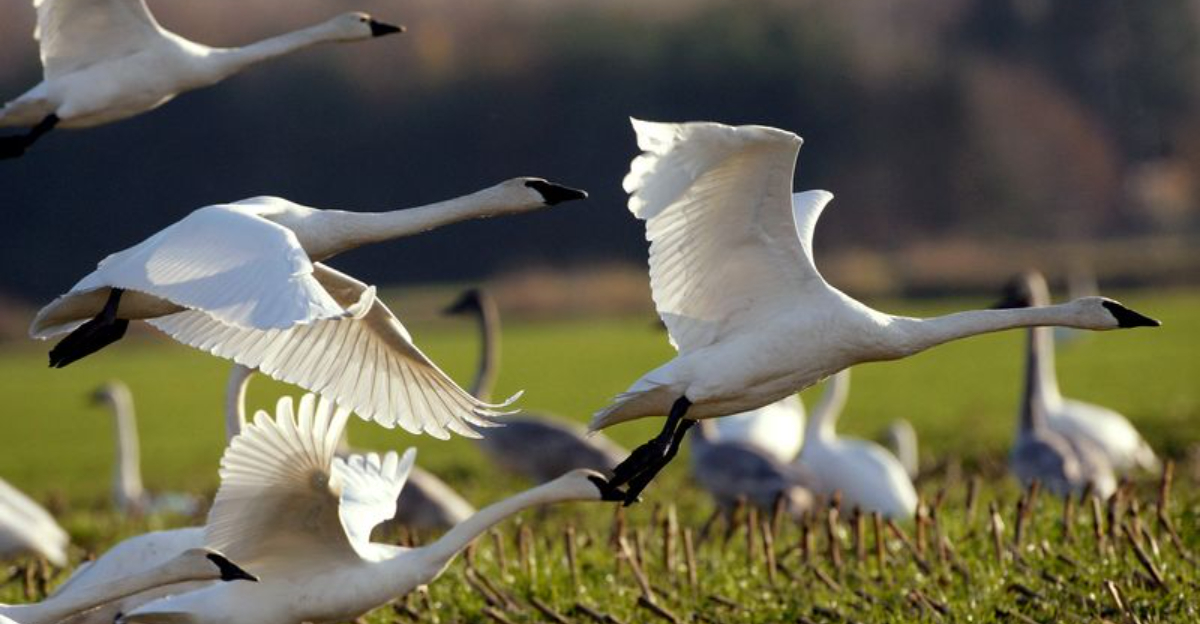
A groundbreaking study on North American birds has scientists deeply worried. Researchers tracking over 400 species discovered that birds simply cannot relocate quickly enough to escape rising temperatures caused by climate change.
Even with their remarkable ability to fly long distances, our feathered friends are finding themselves trapped in increasingly hostile environments.
1. Birds Struggle To Escape Rising Temperatures
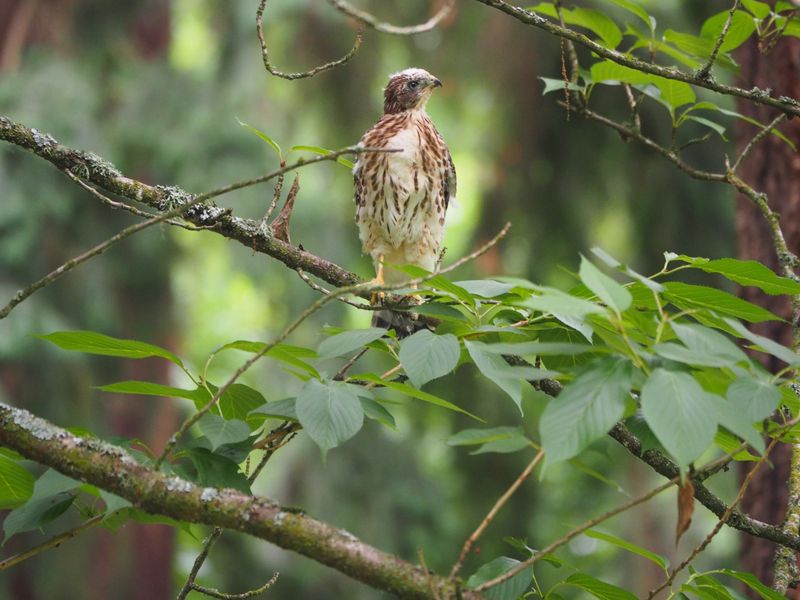
Sky highways aren’t enough anymore. Birds traditionally escape harsh conditions by migrating, but climate change is happening too rapidly for this natural adaptation.
Many species now find themselves in thermal traps where temperatures rise faster than they can establish new habitats. Their ancient survival strategy is failing them for the first time.
2. Study Tracked 406 North American Bird Species

Massive in scope, this research examined decades of data across the continent. Scientists analyzed movement patterns of everything from tiny hummingbirds to majestic eagles between 1969 and 2011.
The sheer scale makes the findings impossible to dismiss as coincidence or natural variation. Four decades of evidence points to a troubling trend.
3. Birds Relocated But Still Faced Intense Heat

Flight offered no real escape. The research revealed birds managed to shift their ranges northward by about 27 miles per decade – an impressive feat of adaptation.
Yet temperatures in their original habitats rose so dramatically that their new homes soon became just as hot as the places they abandoned. Imagine constantly moving houses only to face the same problem everywhere.
4. Even Fast Flyers Can’t Outpace Climate Change
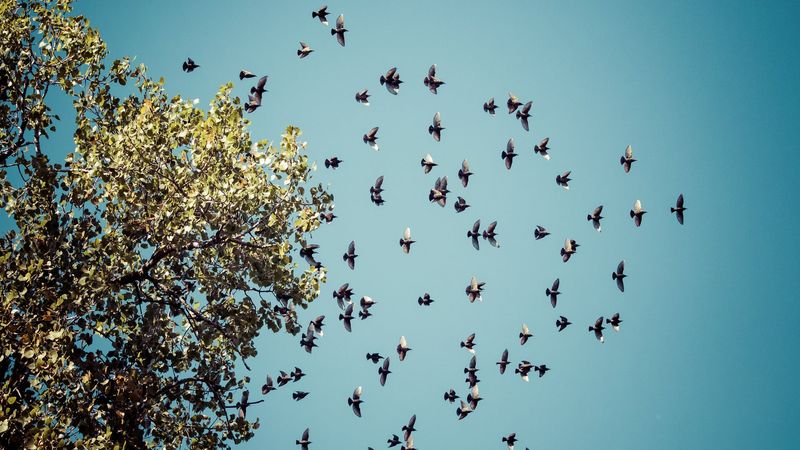
Swift wings prove no match against global warming. Species capable of flying hundreds of miles in a single day still couldn’t relocate fast enough to find suitable temperatures.
The planet is warming at approximately 3.5 miles per year – creating a race birds simply cannot win despite their mobility advantage. Their evolutionary adaptations never prepared them for this pace.
5. Higher Elevation Moves Offer Limited Relief
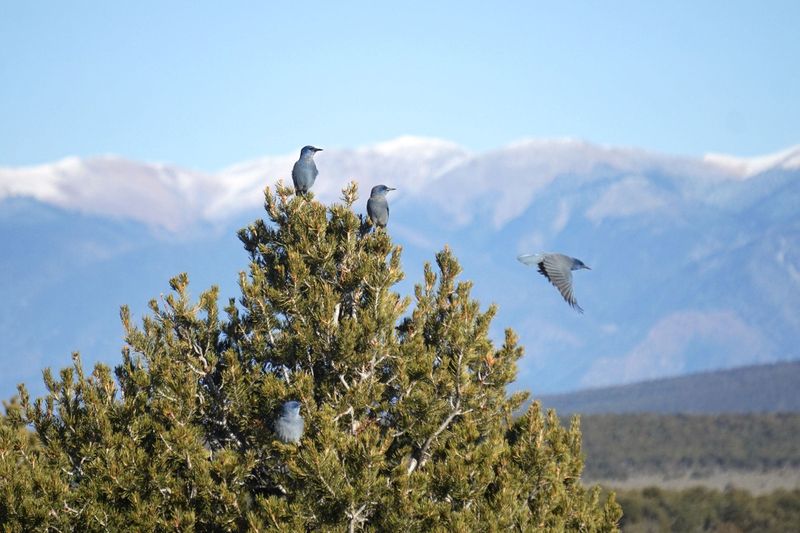
Mountain sanctuaries provide temporary refuge. Some birds attempted to escape heat by flying to higher, cooler elevations rather than heading north. Unfortunately, mountains have finite height.
Once birds reach the summit, they have nowhere else to go as temperatures continue climbing. Imagine being backed against a cliff with rising floodwaters below.
6. Winter Warming Hits Birds Especially Hard
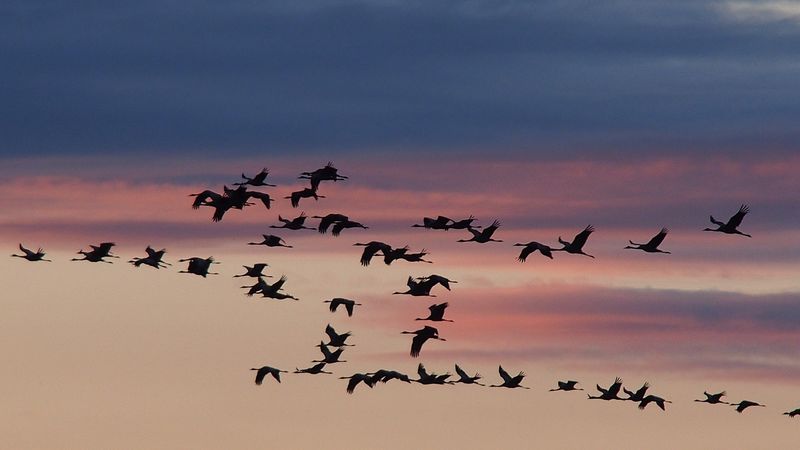
Cold season changes create unexpected challenges. The study found winter temperatures are rising faster than summer ones, disrupting critical hibernation and migration timing.
Many birds rely on precise seasonal cues for breeding and feeding. When winters warm unpredictably, it throws off their entire life cycle. Imagine your alarm clock randomly going off hours early every day.
7. Birds Avoided Only A Fraction Of The Heat
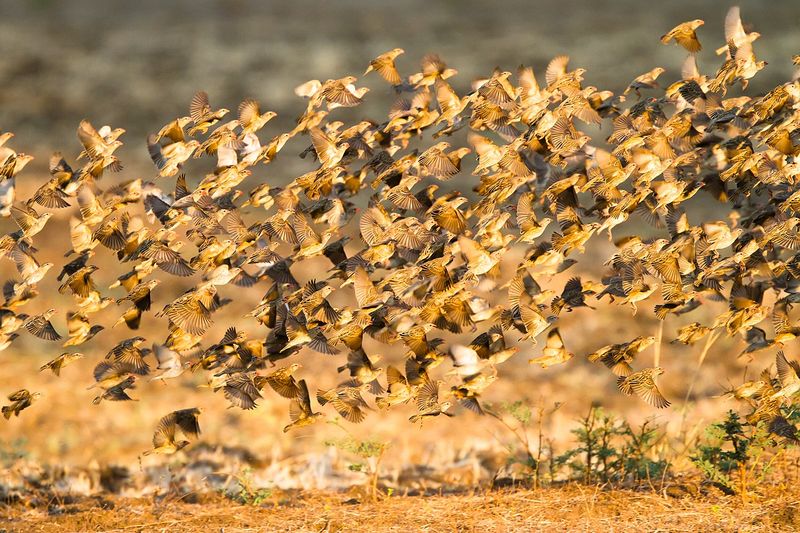
Mathematical analysis reveals a grim reality. Despite their best efforts to relocate, birds managed to avoid only about 18% of the temperature increases in their original habitats.
The remaining 82% of warming still affected them directly. Picture running from a forest fire only to find yourself still surrounded by smoke and heat no matter how far you travel.
8. Climate Change Threatens All Mobile Species
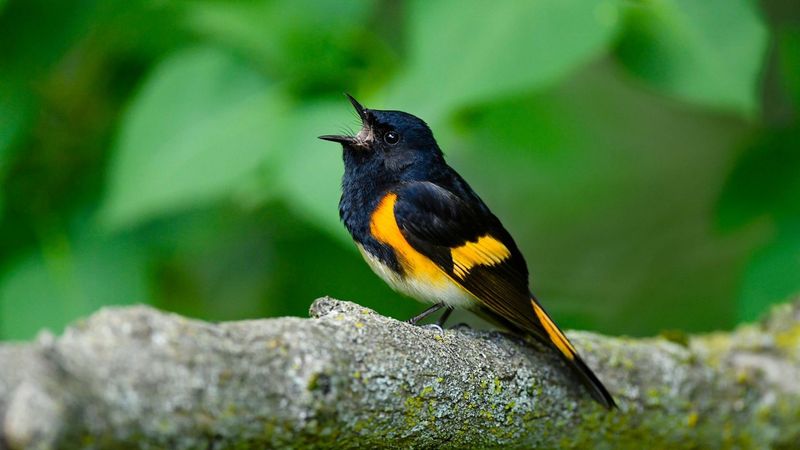
Beyond birds, entire ecosystems face similar struggles. The research suggests that if creatures with flight capabilities can’t escape warming temperatures, ground-dwelling animals face even greater challenges.
Mobility once seemed like nature’s insurance policy against environmental changes. Now we’re learning even the most mobile creatures can’t outrun climate change.
9. Reptiles And Mammals Also Trapped By Heat
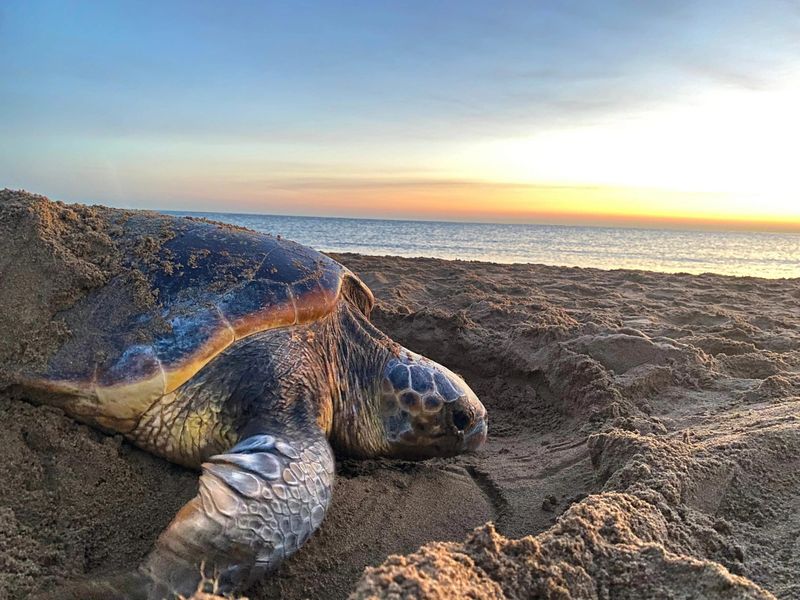
Cold-blooded creatures face particular danger. Reptiles like turtles and snakes can’t regulate their body temperature internally and depend entirely on environmental conditions.
Meanwhile, mammals with thick fur evolved for cold climates suffer in unexpected heat waves. Arctic foxes and snowshoe hares turn white in winters that no longer bring snow, making them visible targets for predators.
10. Disrupted Food Chains Put All Wildlife At Risk
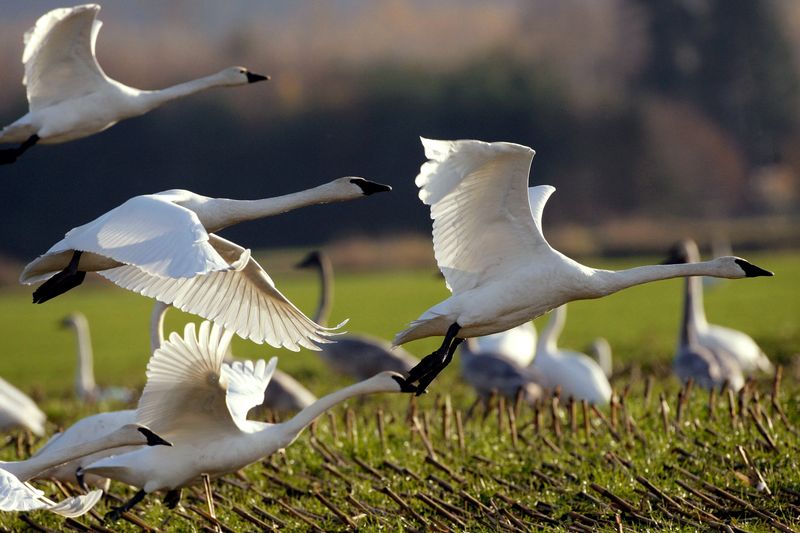
Nature’s dining schedule has been thrown into chaos. When birds arrive at breeding grounds too early or too late, they often miss peak insect emergence that would feed their young.
This mismatch cascades through food webs. Predators can’t find prey at expected times and plants lose their pollinators. Imagine arriving at a restaurant daily only to find it randomly closed without notice.
11. Ecosystem Collapse Threatens Human Survival
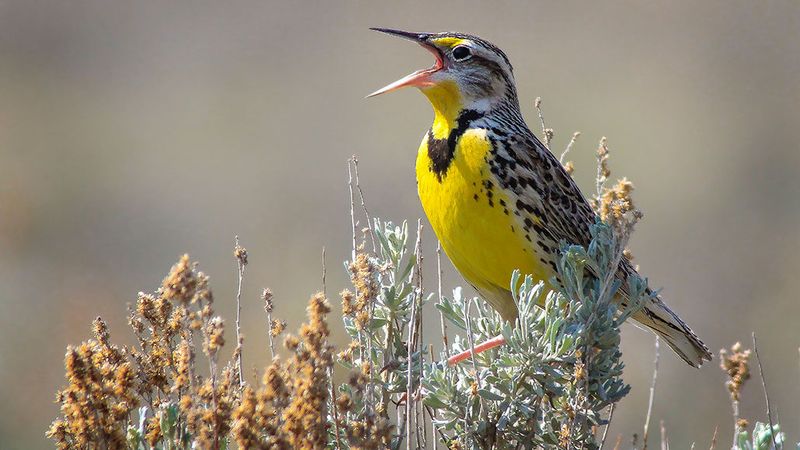
Our fate intertwines with theirs more than most realize. Birds control insect populations, distribute seeds, and serve as indicators of environmental health. When bird populations crash, we lose natural pest control and plant distribution systems.
Agricultural systems particularly depend on these ecosystem services. The canary in the coal mine is singing an urgent warning song.
12. Scientists Urge Better Climate Risk Management
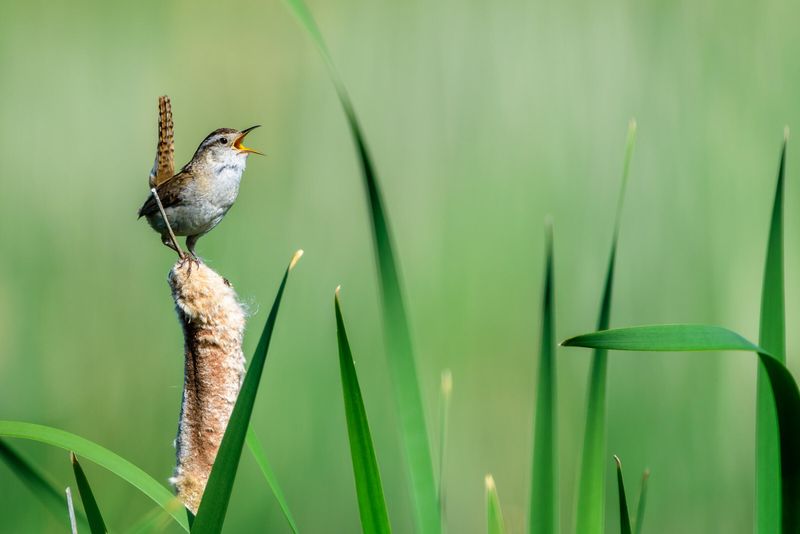
Researchers behind the study aren’t just raising alarms – they’re proposing solutions. Creating wildlife corridors connecting habitats could help species relocate more effectively. Protected areas need thoughtful placement considering future climate scenarios, not just current conditions.
Conservation strategies must become as dynamic as the changing climate itself. Static approaches no longer work in a world of flux.
13. Reducing Emissions Is Key To Saving Wildlife
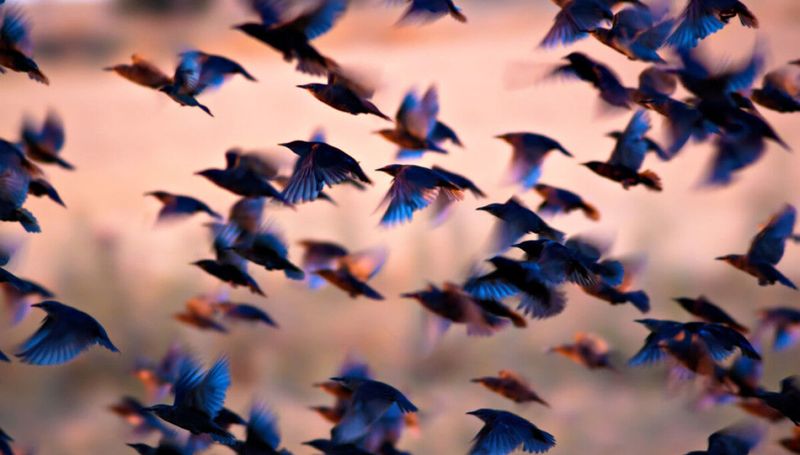
Ultimate hope lies in addressing the root cause. While conservation efforts help, only dramatically cutting greenhouse gas emissions will slow warming enough to give birds a fighting chance. Individual and collective actions matter enormously.
Energy choices, transportation decisions, and consumption patterns all contribute to the crisis our feathered friends face. Their future literally depends on how we power our world.



